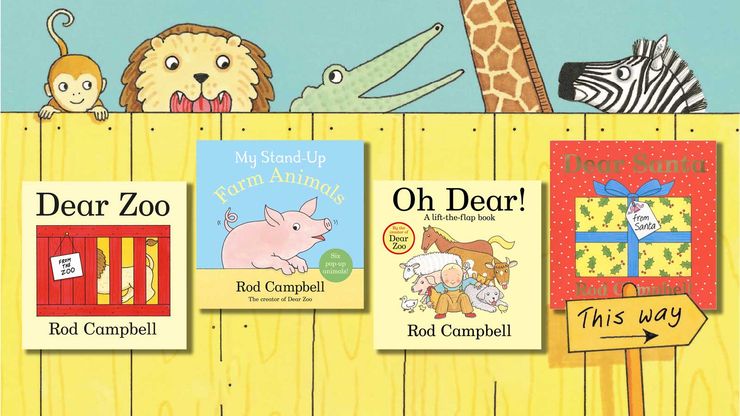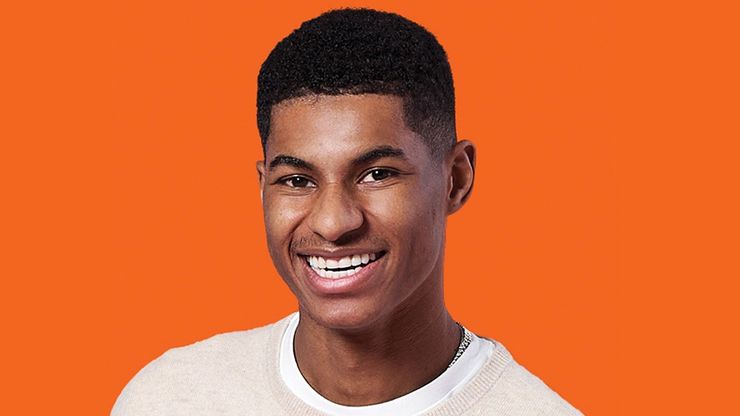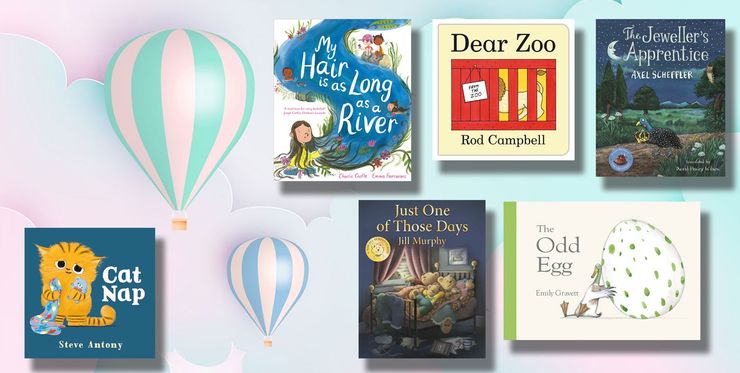Books for Children

The best children's books of 2026

Rod Campbell's Dear Zoo books: a complete guide

The best Christmas books for children 2025

The best Alice in Wonderland books for all ages

Marcus Rashford's books: a complete guide

The best Halloween books for kids

100 of the best picture books for children

Julia Donaldson’s books: a guide

The Gruffalo books: a complete guide

A guide to Camilla Reid's books

Brilliant adventure books for kids

The InvestiGators books in order